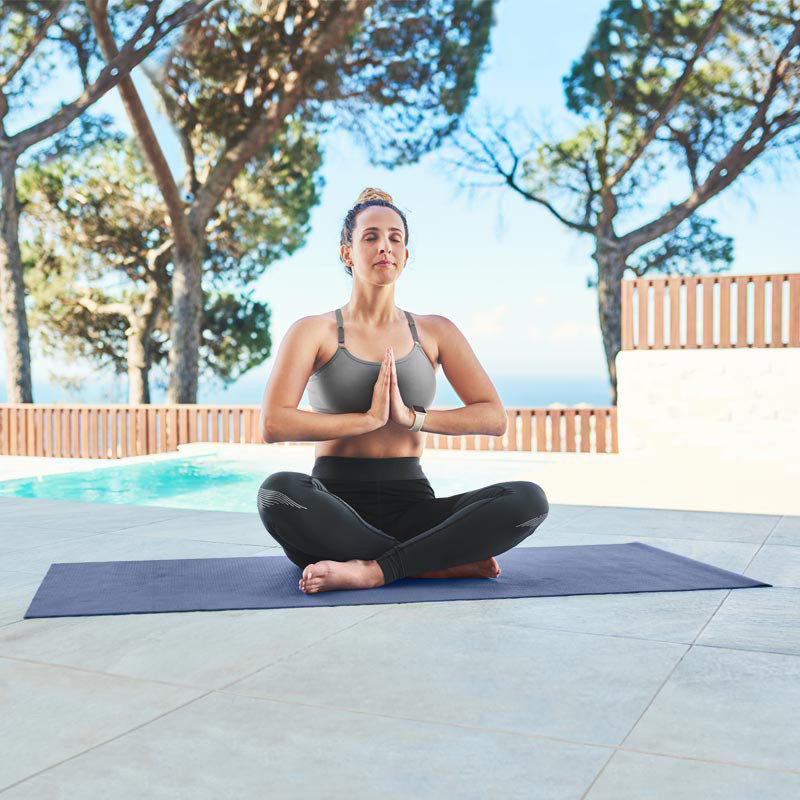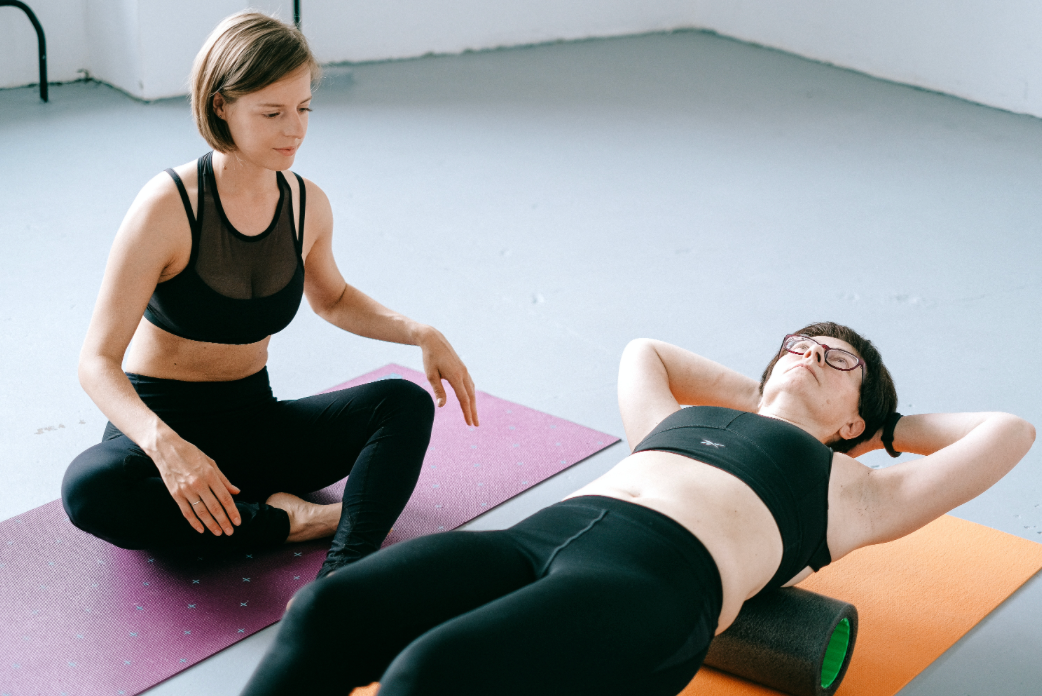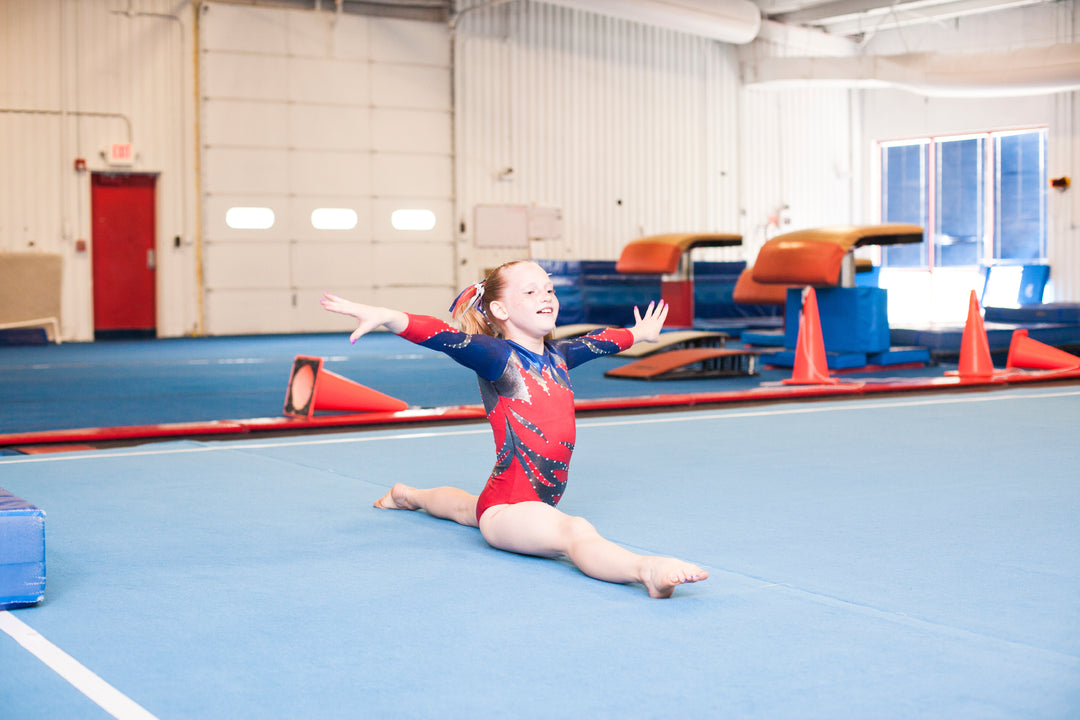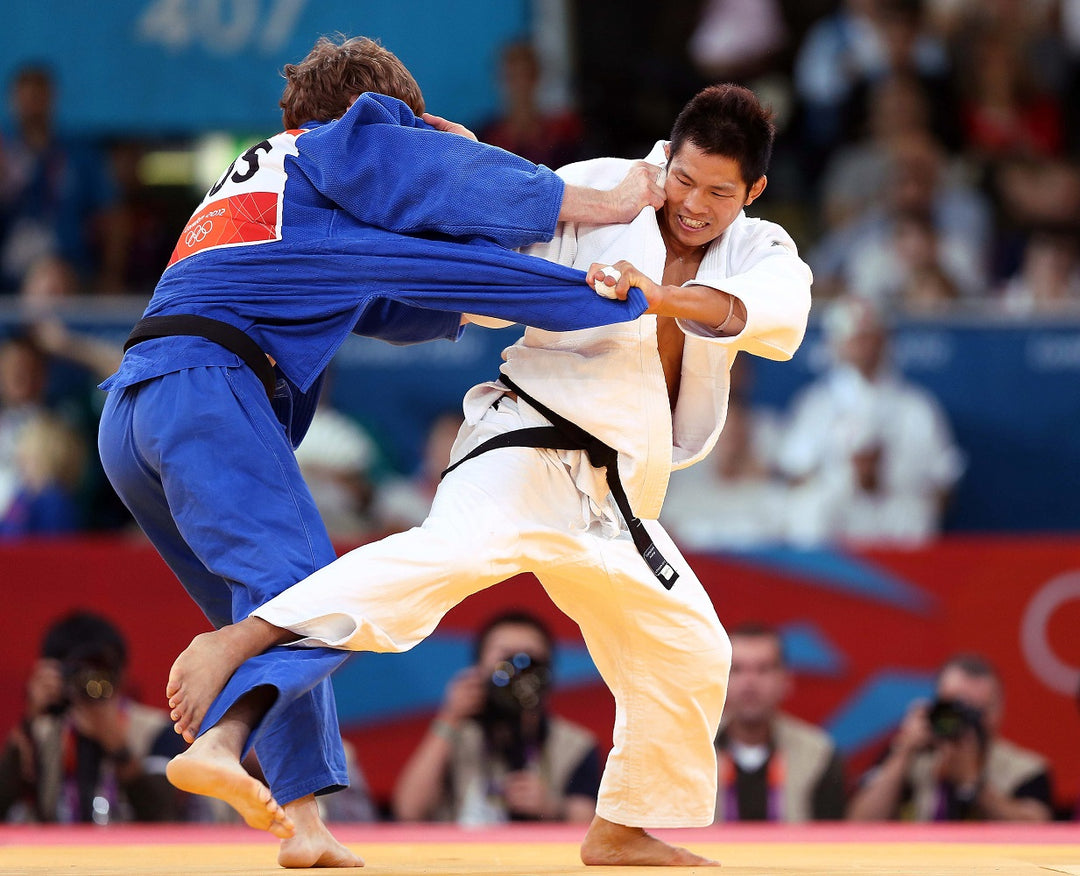Making Movement Fun: How to Encourage Children to Be More Active
Physical activity holds immense importance for children's overall well-being and development. Engaging in regular physical activity can significantly enhance a child's fitness levels, strengthening their heart and improving the body's ability to deliver oxygen to all cells. This can be particularly beneficial when children partake in a new activity that challenges different muscle groups and encourages cardiovascular health.
Beyond just physical fitness, physical activity can also contribute to improved motor skills, including balance, dexterity, and flexibility. These skills are crucial for a child's normal growth and development. Furthermore, physical activity is not only vital for children's physical health but also for their mental and psychosocial health. Regular exercise has been linked to better thinking skills, cognitive development, and even language, social, and communication skills.
Introducing children to new activities can help them maintain healthy habits into adulthood. It's essential to remember that physical activity should be fun for children, hence the importance of making movement enjoyable and varied by exploring different sports and activities
In this blog, we're gonna dive into a bunch of different sports and activities that you can get your little ones into with Beemat including athletics, gymnastics, martial arts, and more.
The Benefits of Physical Activity for Children
Physical activity is crucial for children's growth, development, and overall well-being, providing a multitude of physical, mental, and social benefits. Regular exercise promotes the development of robust bones and muscles, enhances heart health, and improves coordination and motor skills. It also boosts fitness levels and performance in sports and activities. Additionally, it plays a key role in managing weight and preventing obesity, thereby reducing future health risks like diabetes, heart disease, and certain cancers.
Beyond physical benefits, regular activity significantly improves children's cognitive functions, such as attention and concentration, contributing to better academic performance. It serves as a mood enhancer, stress reliever, and sleep promoter, all vital for mental health. Exercise also positively influences children's confidence, self-esteem, and social interactions.
Participation in organised sports and other physical activities aids in the development of essential life skills and social abilities. It provides an avenue for children to interact, cooperate, set, and achieve goals, further boosting their confidence. In this way, physical activity can profoundly impact their social development and mental health, emphasising its importance in children's daily routines.
Athletics and High Jump
Introducing children to athletics, such as high jump, can be an excellent way for them to stay active and fit. The high jump is a sport that not only helps children improve their physical strength and coordination but also boosts their confidence, concentration, and discipline.
Starting with the basics of high jump, children can gradually learn the techniques and nuances of the sport. Initially, they can practice jumping over small obstacles, gradually increasing the height as their skills improve. It's important to ensure that children understand the importance of warming up before each session and cooling down afterwards to prevent injuries.
The benefits of engaging in high jump go beyond physical fitness. It can enhance children's agility, flexibility, and speed, while also improving their spatial awareness. Moreover, it fosters a sense of achievement and resilience as they strive to reach new heights and overcome challenges.
Parents and caregivers play a crucial role in motivating and supporting children. They can encourage children by showing interest in their progress, celebrating their successes, and providing constructive feedback. Additionally, ensuring that children have the right equipment, such as proper footwear and a safe place to practice, is key.
Ballet
Ballet is a graceful and engaging way for children to stay fit and active. It combines elements of physical exercise, artistic expression, and mental concentration, providing a holistic approach to fitness.
Children can be introduced to ballet in a fun, non-intimidating way through storytelling and imaginative play. For instance, they can be encouraged to move like different characters or animals from a story, which can gradually lead to learning ballet steps and positions.
Ballet offers numerous benefits for growing kids. Physically, it promotes strength, flexibility, and balance, and improves posture. Mentally, it enhances focus, discipline, and memory as children learn to remember and perform complex sequences of steps. Socially, it encourages teamwork and cooperation when performing group dances, and boosts self-confidence through performances.
Parents and teachers play a crucial role in motivating and supporting children in their ballet journey. They can encourage children by showing enthusiasm and interest in their progress, attending their performances, and praising their efforts rather than just the outcome. It's also important to ensure that children have the right equipment, such as ballet shoes and comfortable dance wear.
Ballet classes should be a positive and enjoyable experience for children. Teachers can make classes engaging by incorporating games, stories, and music that children love. Parents can support this by reminding children to see ballet as a fun activity rather than a task, helping them develop a lifelong love for dance and physical activity. Remember, the goal is not just to create skilled dancers, but to foster a love for movement and activity that contributes to overall fitness and well-being.
Bouldering
Introducing children to bouldering can start with simple, fun activities like climbing on playground equipment or low, safe walls. Gradually, they can progress to indoor climbing walls specifically designed for beginners. Safety should always be paramount, so teaching kids about proper safety measures, including the use of safety mats and correct falling techniques, is essential from the start.
Bouldering provides numerous benefits for children. Physically, it enhances strength, flexibility, and coordination as kids navigate different climbing routes. Mentally, it boosts problem-solving skills, concentration, and resilience as they figure out how to reach the top. It also fosters a sense of achievement and self-confidence when they successfully complete a climb.
Parents and caregivers play a crucial role in supporting and motivating children in their bouldering journey. They can encourage children by showing interest in their progress, celebrating their achievements, and providing positive reinforcement. Ensuring that children have the right equipment, such as suitable climbing shoes and chalk for grip, is also important.
Starting a bouldering club or group with friends can make the activity more enjoyable for kids. Additionally, many climbing cents offer classes and sessions specifically for children, which can provide professional coaching in a safe, controlled environment.
Gymnastics
Gymnastics is a dynamic and fun way for children to stay active, offering a wide range of physical and mental benefits. This sport combines strength, flexibility, speed, and coordination, making it a comprehensive approach to fitness.
Physically, gymnastics develops strength, flexibility, and balance. It works various muscle groups in the body, promoting overall fitness. It also improves posture and body awareness, which can contribute to better performance in other sports and activities.
In addition to being physically engaging, gymnastics encourages children to be more active by making exercise fun and challenging. The varied nature of the exercises, the opportunity to learn new skills, and the thrill of achieving personal bests can all motivate children to participate regularly.
To introduce children to gymnastics, consider enrolling them in a local gymnastics class. Many gyms offer classes specifically designed for beginners, where children can learn basic gymnastic skills in a safe, structured environment. These classes often incorporate games and fun activities to keep children engaged and make learning enjoyable.
Outside of formal classes, parents can encourage interest in gymnastics by watching gymnastics competitions on TV or online with their children, or by playing simple gymnastics-based games at home.
Remember, the goal should be to foster a love for the sport and physical activity in general, rather than focusing solely on performance. With the right approach, gymnastics can become a fun, rewarding part of a child's routine that contributes to their overall health and fitness.
Martial Arts
Martial arts is a fantastic way for children to stay active, learn discipline, and boost their self-confidence. It involves a range of physical activities, including kicks, punches, and other defensive techniques, making it a comprehensive approach to fitness.
Physically, martial arts offers numerous benefits. It enhances strength and cardiovascular fitness as children perform various moves and exercises. It also improves flexibility and coordination, which are crucial for overall physical health. Additionally, martial arts often involves learning how to fall safely, which can help reduce the risk of injuries in other aspects of life.
To introduce children to martial arts, consider enrolling them in a beginner's class at a local dojo or community centre. These classes are typically designed to be fun and engaging for kids, with a focus on learning basic techniques and principles of respect and discipline.
It's also beneficial to expose children to martial arts through movies, books, or sporting events. Seeing martial arts in action can spark their interest and curiosity, making them more inclined to give it a try.
Remember, the goal should not just be to teach children martial arts skills, but to in still a love for physical activity and a sense of discipline that they can apply in all areas of life. With the right approach, martial arts can become a fun, rewarding, and healthy part of a child's routine.
Yoga
Yoga is a wonderful way for children to stay active, while also promoting mindfulness and relaxation. It combines physical postures, breathing exercises, and meditation, making it a holistic approach to fitness.
Physically, yoga enhances strength, flexibility, and balance. It offers a gentle form of exercise that can be adapted to suit all ages and fitness levels. Yoga also encourages better posture and body awareness, which are important for overall physical health.
For children to get involved in yoga, there are several fun and engaging ways. One of the easiest ways is for them to join in with their parents' yoga practice. This not only introduces them to the activity but also allows for quality family time. Parents can make yoga sessions more enjoyable for kids by incorporating animal poses, storytelling, and games.
Another option is to enrol children in a yoga class specifically designed for kids. These classes often use imaginative play and stories to teach yoga postures, making the sessions fun and engaging.
There are also numerous online resources available, including kid-friendly yoga videos and apps, which can guide children through simple yoga sequences at home.
Remember, the goal should be to foster a love for yoga and physical activity in general, rather than focusing solely on perfecting the poses. With the right approach, yoga can become a fun, rewarding part of a child's routine that contributes to their overall health and well-being.
Movement and physical activity play a pivotal role in children's development, impacting everything from their cognitive abilities to their emotional regulation. Research suggests that promoting activity can enhance memory, perception, language, attention, and emotion in young children.
Physical activity is not just about developing motor skills, it also improves mood, enhances the quality of sleep, reduces stress, and boosts self-esteem. Moreover, movement allows children to connect concepts to action, learning through trial and error, which further reinforces their understanding.
Importantly, making movement fun is key to encouraging children to stay active. Incorporating games, sports, and creative activities can make physical activity more appealing, helping children build a lifelong habit of staying fit and healthy.
Parents and teachers can play a crucial role in this by introducing children to a variety of sports and activities. This could be anything from gymnastics and martial arts to yoga and dance. The goal is to find activities that the child enjoys and feels motivated to participate in regularly.
For children with special needs, movement activities can facilitate development and improve cognitive performance and overall academic performance.
In conclusion, movement is an essential part of children's physical, cognitive, and social/emotional development. By making movement fun and engaging, parents and teachers can help children reap the numerous benefits of being physically active.







